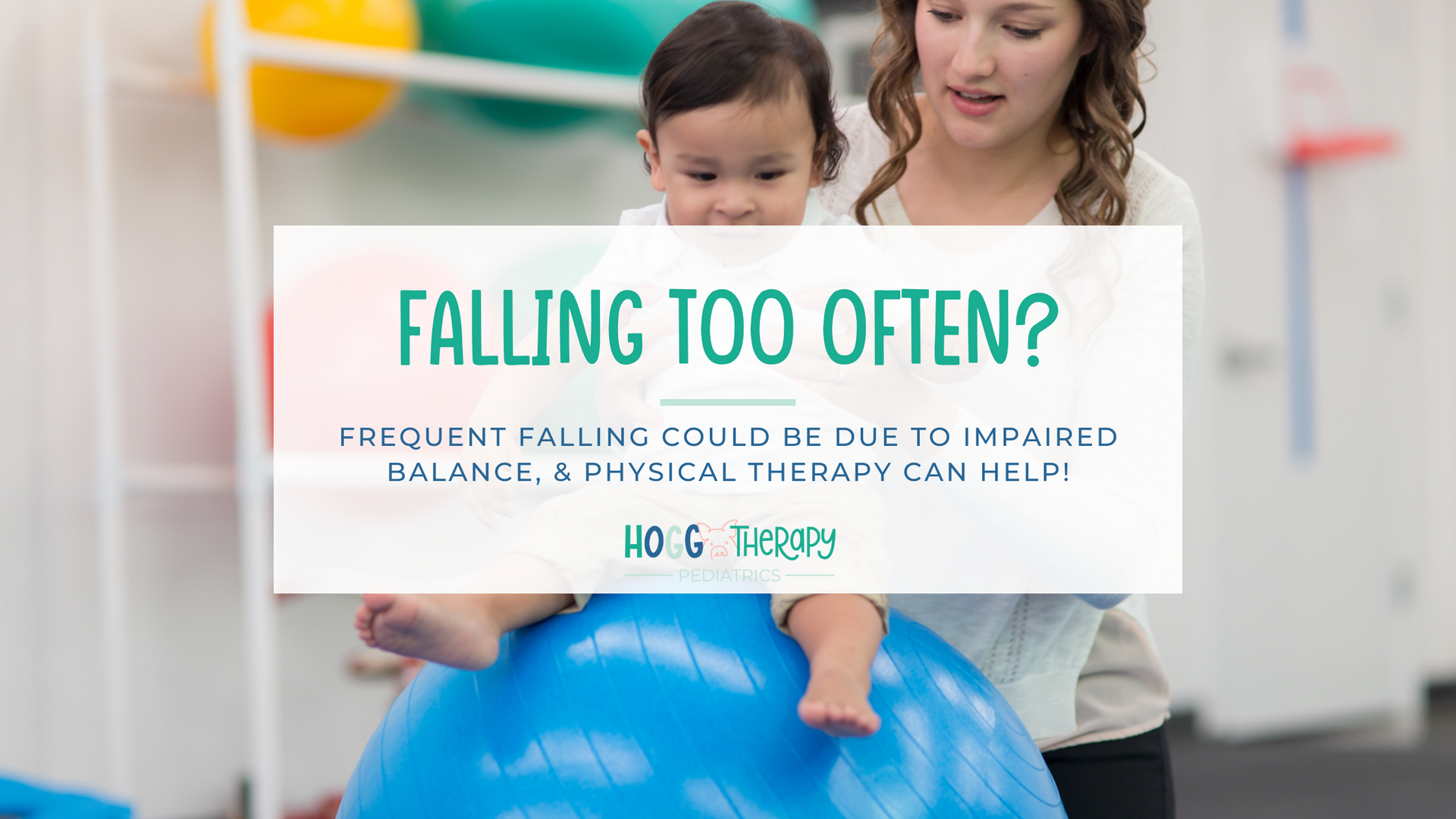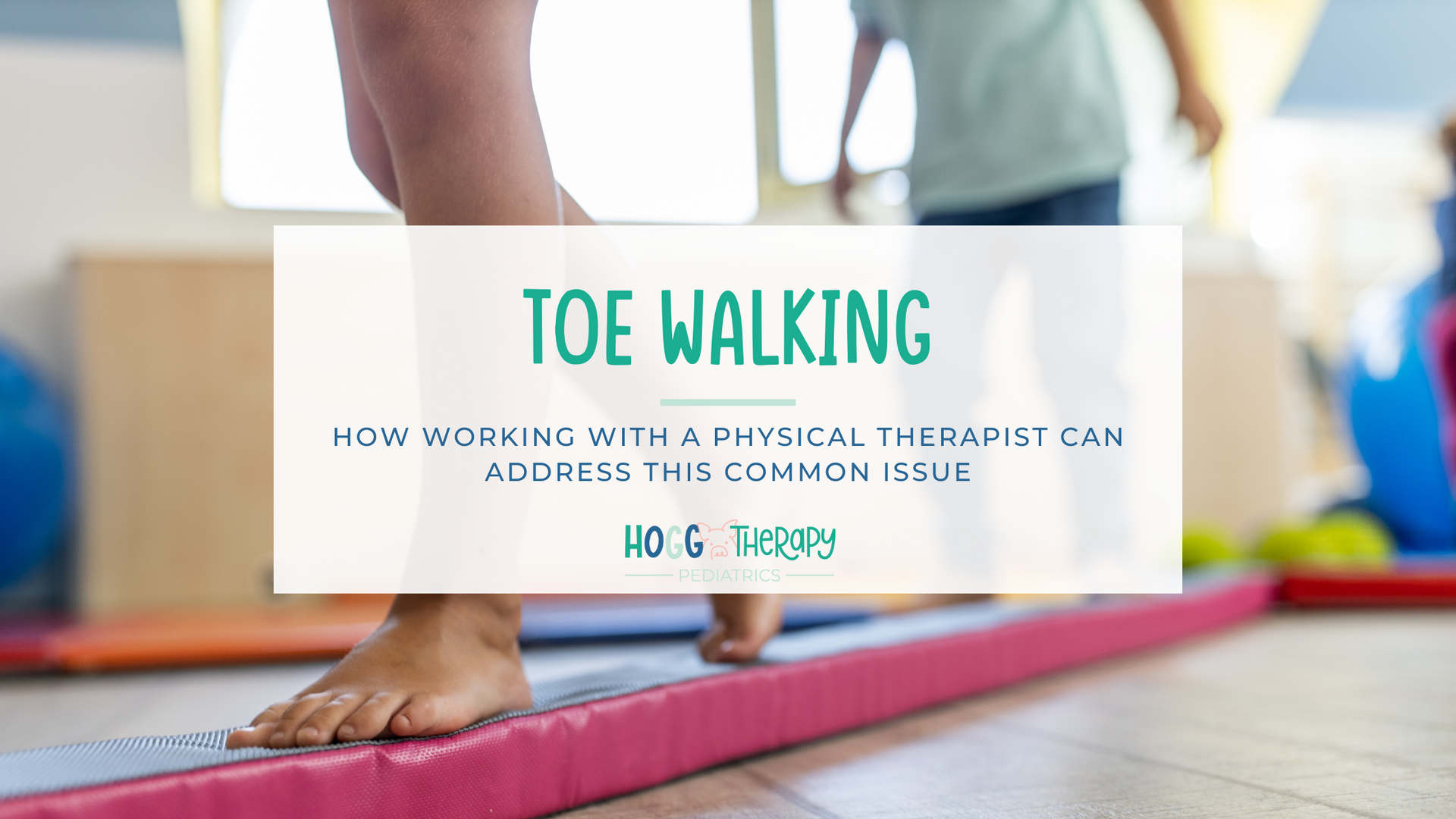A Look at the Moro Reflex
The Moro reflex is often called the “fight or flight” response in babies.

The Moro reflex is often called the “fight or flight” response in babies. This is an involuntary protective reaction. This can be seen best in infants born full term, as infants born prematurely can display an underdeveloped Moro reflex. The reflex typically begins to disappear by 12 weeks of age, and should completely disappear around 6 months old.
Source: https://medlineplus.gov/ency/imagepages/17269.htm
Testing The Reflex
While the infant is lying on their back, you lift the infant by the arms and let go, causing a sensation of falling. The reflex will occur because of the suddenness of the fall, rather than the distance of the drop. Also, the head does not leave the mat during the test so as to prevent any injury during the process.
What Happens
The normal response would be the upper limbs would move away from the torso to the side and the elbow would straighten out. The fingers would go straight, and the neck/torso would slightly extend and arch. After this initial portion, the arms would come back to the side, and the hands come to the front of the infants body before returning to their side.
If It’s Not There
The reflex can be weak in preterm infants due to having lower muscle tone, less resistance to movements by caregivers, and their arms slowly return to neutral compared to full-term newborns who have the same post-conception age. The reflex can also not be present or weaker in infants who had a birth injury, low oxygen during the birthing process, a brain bleed, infection, spastic cerebral palsy, general muscle weakness, or brain malformations.
How This Impacts Life
Babies that retain this reflex can become over-sensitive, and have over-reactions to sensory stimuli, along with having social immaturity, anxiety, sensory overload, and poor impulse control. Additional signs it could be present is poor balance, motion sickness, easily distracted, mood swings, poor ability to adapt to change, and poor coordination.
Exercises To Help Integrate
The best activity to help this reflex disappear is by completing starfish exercises. Start by sitting in a chair in fetal position with fist closed, and having the arms cross and legs crossed. Then extend the arms and legs like a starfish, opening the hands once all the way out. Hold this for 5-7 seconds, then come back to the fetal position. When returning to fetal position, cross the arms and legs in the opposite direction as before (If the first time the right arm was over the left, then return with the left arm over the right, and the same for the legs.





















